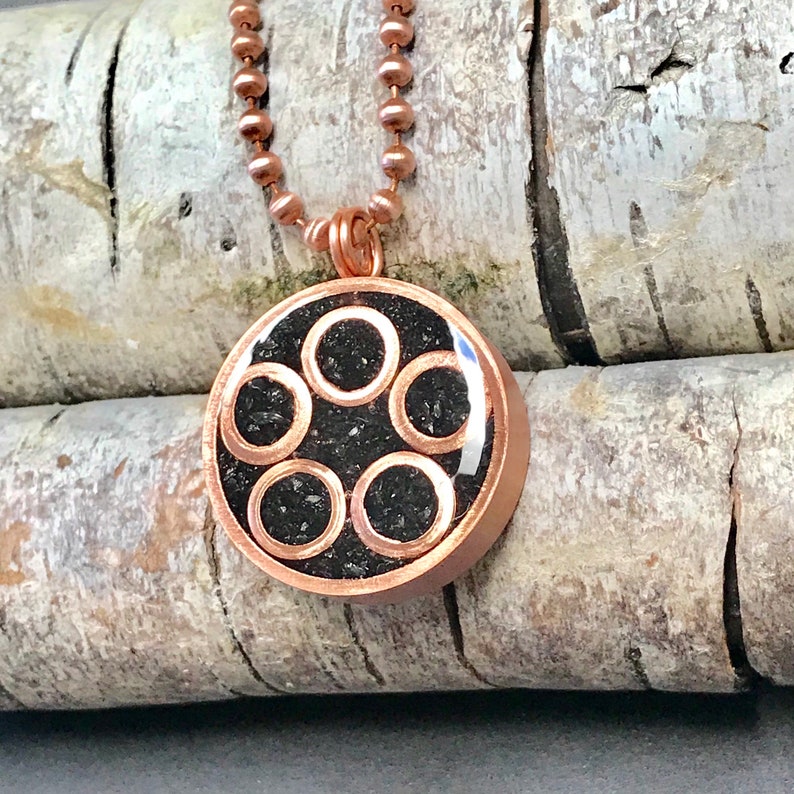5G cell towers are a modern type of antenna being utilized by wireless companies to offer internet service. They have more capabilities than 4g towers, and can be more dense.
A lot of cities are worried that these towers could be harmful to their residents. This includes aesthetic, privacy, and health issues.
They're bigger
In 5G, the frequency that radio waves travel through is higher than 4G. This implies that it requires more towers to transmit information. This can increase the amount of radiation that is released to our surroundings.
is 5g dangerous to humans is a major worry for HOA communities, real property investors, and others concerned about adverse health effects. They are concerned that the addition of more 5G towers will lower the value of properties and adversely impact the health of the public.
The only solution to this issue is to change the way we communicate by using WiFi instead of conventional cell networks. This isn't going to happen overnight, but it will eventually happen.
But how can that be done? How can we ensure that it is safe? The answer lies in the technology inside of cell towers, also known as small cells.
They're More Expensive
If you live in a city, you've probably noticed large towers of cellular equipment that sit on top of masts and other structures. These are 4G cell towers and they're used to supply wireless networks to the surrounding regions.

They're usually 50 to 200 feet tall, and they're designed to blend in with the environment to reduce their aesthetic impact. As opposed to 4G, 5G technology requires much denser tower coverage to cover a wider area.
Those dense cell sites can be difficult to maintain because they need to be constantly active and delivering fast speeds. This means they're more expensive than other types of towers.
If you're a tower operator or the operator of a mobile phone network, it's logical to upgrade your existing towers to 5G, in anticipation of new technologies coming to market. The addition of these technologies to existing sites can help improve the functionality of the site and eventually increase profits for you.
They're even more deadly
5g Towers: What's the Problem?
One of the most significant issues with 5g towers is that these emit more radiation than other towers. They have to be placed in a more dense manner across an area to ensure coverage.
The radio waves emitted from cell phone towers don't contain enough energy to harm DNA directly or to heat tissues of the body, however they do degrade chemical bonds in DNA, which could cause cell damage and even cancer.
This makes people worried about the possibility that living close to a 5g tower could have negative health consequences.
That's because the 5g towers tend to be situated near to schools and homes, where they can transmit rf waves continuously. That means that they will be closer to you than ever before and the likelihood is higher that radiation is absorbed by your body.
Click for more info 're Not Necessary
5G networks use an entirely new portion of the radio spectrum to transmit data. These are called millimeter waves. They're much shorter than traditional radio waves at less than 1 to 10 millimeters in length, so they have a higher frequency and are able to transmit more power.
In order to provide the super-fast speeds and low latency that 5G promises, you need to have a massive network of cell towers. This requires a lot of masts for cell phones to provide coverage to cities, roads as well as business districts, colleges, and even farms.
There are alternative options for delivering high-speed internet in densely populated areas. is 5g dangerous to humans is to create a series of small cell towers that are densely spread to eliminate coverage gaps.
But a major concern is where these cells will be placed and how they'll affect residents. Local authorities and residents are working to find ways to block these structures or stop them from occurring in their neighborhoods.
